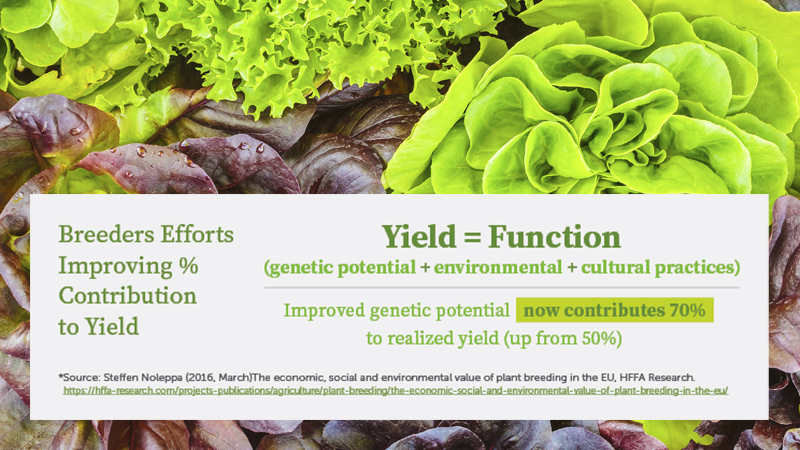Battling Purple And Yellow Nutsedge
They may not look imposing, but purple and yellow nutsedge are two of the most troublesome weeds in the U.S. Furthermore, both types of nutsedge plague several key fruit growing regions.
Nutsedge grows back from a tuber every year, so to be effective, herbicides must impact the tuber. When the evenings begin to lengthen in August, the weed starts a new growth pattern wherein the tips swell to become new nutlets. Because nutsedge is a perennial and because the tuber goes through a dormant stage during which it is protected from anything that may threaten it, nutsedge is nearly impossible to destroy.
Though nutsedge is difficult to eradicate, industry professionals have been conducting studies in North Carolina and South Carolina on several products that may be approved for control in the near future. One of these materials is Sandea (halosulfuron-methyl, Gowan Co.). While the herbicide has been on the market for awhile, it is not currently labeled for use on fruit crops.
In crop tolerance trials, most of which were done on peaches and a few of which were done on apples, crops held up well when subjected to Sandea. Sandea did not cause any damage to apple trees. When Sandea was applied at 1 ounce per acre, which is higher than the rate Gowan Co. allows on the label, the herbicide caused a bit of damage to the peach trees, but the trees did recover and regrow. When Sandea was applied at the recommended rate, the trees exhibited excellent herbicide tolerance. However, to be safe, Gowan Co. is not doing residue work on stone fruit with Sandea because of the damage that occurred.
Sandea proved to be effective at controlling purple nutsedge, with 85% control over the weed in August. Sandea was still suppressing purple nutsedge in August.
Race Against Time
In the meantime, growers can utilize a number of simple methods for suppressing the weed. According to Wayne Mitchem, horticultural science Extension agent at North Carolina State University, growers can use Sinbar (terbacil, DuPont Crop Protection) or Solicam (norflurazon, Syngenta Crop Protection) for suppression in bearing orchards. This method is not ideal, as the optimum time to treat nutsedge with glyphosate is when the weed is at full seed head, and by this point, nutsedge has already been competing with the crop for about two months.
“But it is an option for orchards that are afflicted with a bad outbreak of nutsedge,” Mitchem says.
Brad Majek, weed control specialist at Rutgers University, asserts that timing is a key factor in controlling nutsedge. Ideally, growers should wait to apply a herbicide until late summer.
“We encourage people to delay herbicide application as long as they can. However, nutsedge can grow as early as April, so it is tricky,” Majek says.
Growers may want to consider trying these methods, as the manufacturers of Sandea anticipate that it will be a number of years before the product is potentially approved for expanded usage.
Nick Alonso, product manager for Sandea, says that Gowan Co. should have a label for use on apples and maybe pears by the 2010 season. The process usually takes about 15 months with EPA, but Alonso says 2010 is their best estimate at this point.









